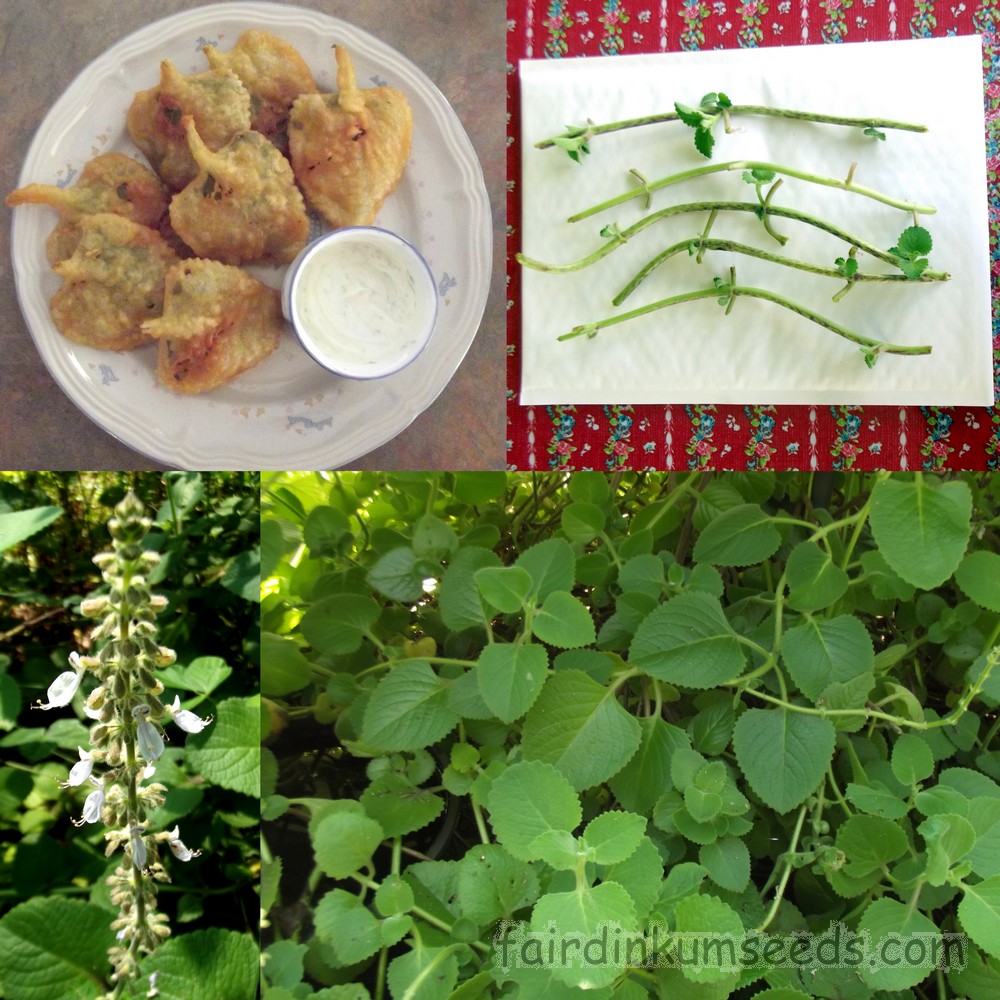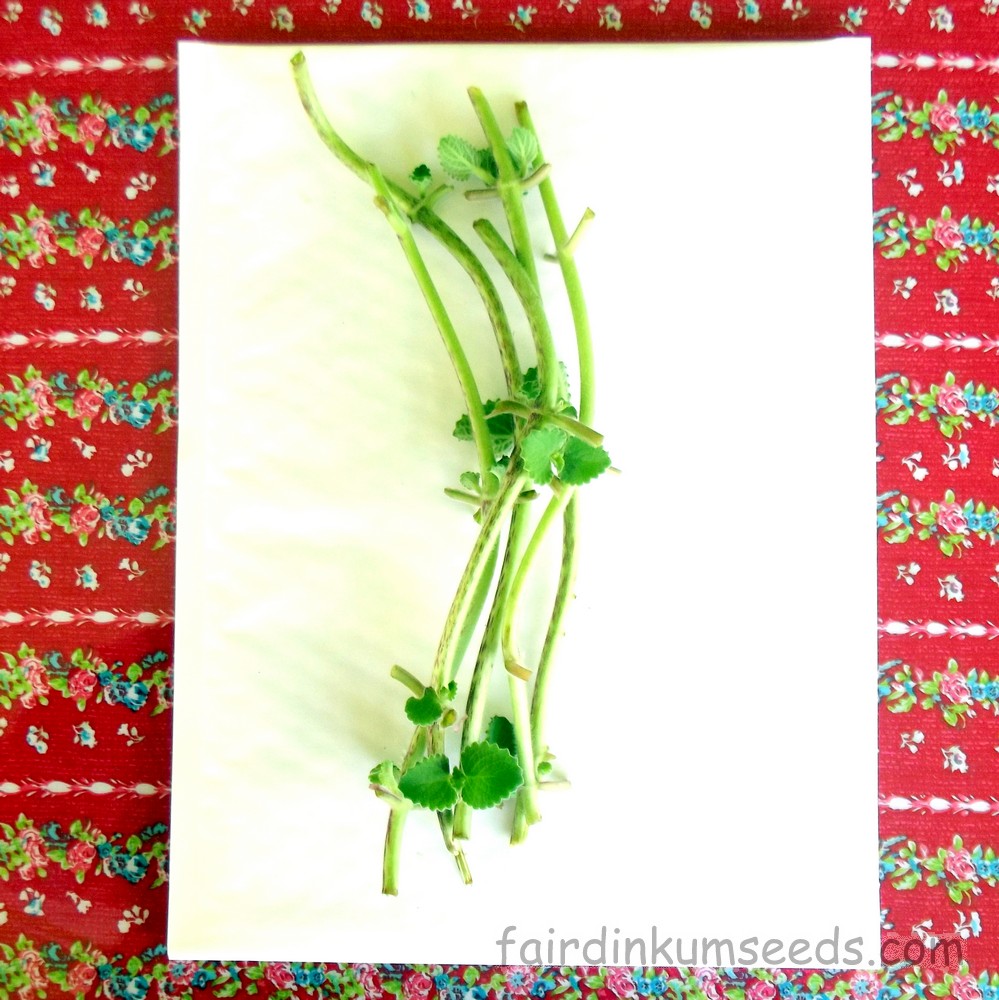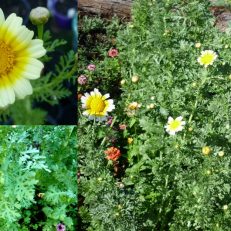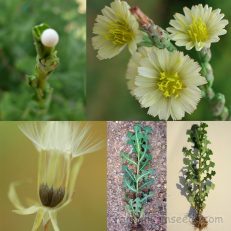Please read text!
Cuban Mother of Herbs Plectranthus Amboinicus Cuttings
Packet containing 5x small live cuttings.
Each cutting has at least two nodes and on arrival at your place they can just be planted halfway into a sandy well-draining soil mix, with one node underground and at least one node above ground.
Water well, place into a shady warm spot and forget about then for a couple weeks. By that stage, the surviving 3 or so cuttings should be well-rooted and by about a month they may even be starting to reshoot a little. From then onwards they can be grown in full sun and it is amazing how fast they grow once established.
Commonly known by the name all herb, bangun bangun, big mint, big thyme, broadleaf thyme, Coleus amboinicus, Coleus aromaticus, country borage, Cuban oregano, cure all, dacon ajenton, daun kutjing, doddapatre soppu, French thyme, five in one herb, French thyme, hortela da folha grande, hung chanh, Indian borage, Indian mint, jamaika, kaloni, kapparillaaku, karpooravalli, karpuravalli, kryddkarlbergare, Mexican mint, Mexican thyme, mother of herbs, omavalli, oregano brujo, oregano de Cartagena, oregano poleo, orielle, panikoorka, pasiole, patharcur, pathorchur, patta ajavayin, Plectranthus aromaticus, poor man pork, pudina, Queen of herbs, rukuna haatapochhaa, saviara sambara, slok krahs, soup mint, Spanish thyme, suganda, tan day la, three in one herb, thymian, toronjil de limon, along with dozens of others.
Used as a culinary herb and medicinal in a heap of different places around the world. I reckon one of the main reasons for it’s popularity is because it’s super easy to propagate and grow.
Every node or segment will throw roots in the right conditions and if you want to turn one into dozens just plant cuttings with two or more nodes into a sandy well-draining soil mix. Buried halfway, one node below the soil, the other one sticking up, that’s it.
Once they have reshot grown to about the 4th segment or set of nodes, cut them in half and replant the cuttings the same way as before. Without the rough travel journey taking one or two out you should be getting pretty much 100% success.
On that note I am sure it can be a weed issue in moister warm climates than mine so keep an eye on it and grow it semi-contained. It’s never been an issue for me here where I grow it in the garden bed out the front. I have it in a rockery and just hit any overgrowth that tries to creep into the lawn with the mower. That’s it. Doesn’t set seeds very successfully(why I am only selling cuttings of this fella) and when they drop the seeds don’t go far. They mostly fall within the branches of the mother bush making the growth nice and thick.
It forms dense bushes about knee high and flowers in waves throughout the year bringing in the bees and pollinators. It seems to flower consistently even when it gets really dry and everything else has died off.
You can shade dry and powder the leaves by rubbing through a sieve and once dried you can treat it like oregano x mixed herbs. The dried flavour is pretty similar.
The way we normally eat is fresh leaves fried whole as tempura. Pick the half mature tender leaves, dip in a light batter(flour, beer, pinch salt), deep fry. Served with mint & yogurt makes them even better.
Awesome in the heat or served with a roast.
They are used medicinally to treat minor skin injuries like insect bites, stings, cuts and scrapes. Works pretty good in my limited experience and it also has a mild mosquito repellant effect if you crush the stems to release the aromatic oils. Like most insect repellant plants the living plant doesn’t do anything much but if you are outside with the mozzies nailing you then picking a decent bunch and crushing it up, waving it around every few minutes, that does pretty reliably keep them away.
It contains carvacrol, thymol, eugenol, quercetin, apigenin, luteolin, salvigenin, genkwanin caryophyllene, patchoulane and p-cymene and has been used in India and Asia for centuries as an antioxidant, antimicrobial, carminative, tonic, and as a mild stimulant.
The fresh leaves are eaten for fever, coughs, colds, asthma, chest infection, diarrhea, indigestion, flatulence, dyspepsia, epilepsy, rheumatism, and kidney stones.
Actually medicinally it’s been used historically for pretty much everything, but my personal experience stops at the odd scratch or scrape for that it works pretty much the same as a bandaid. Applied leaf juice dries and prevents infection. Dries like mildly medicinal paint.
The thick juicy leaves have a subtle flavour very similar to oregano. When used fresh this oregano is paired with a strong minty kick, and when dried the mint is removed completely and replaced with a savoury mixed herbs sort of flavour.
This means it goes well with pretty much anything.
Apparently, it’s a permitted substitute in processed foods so you could have already tried it with you just seeing “oregano flavoured” herbs written on the ingredients list.
There you have it I guess, a bundle of cuttings from a very handy and prolific culinary and medicinal herb.
Grown by me and the Mrs organically, no chems, no nasties, no problems!!!






